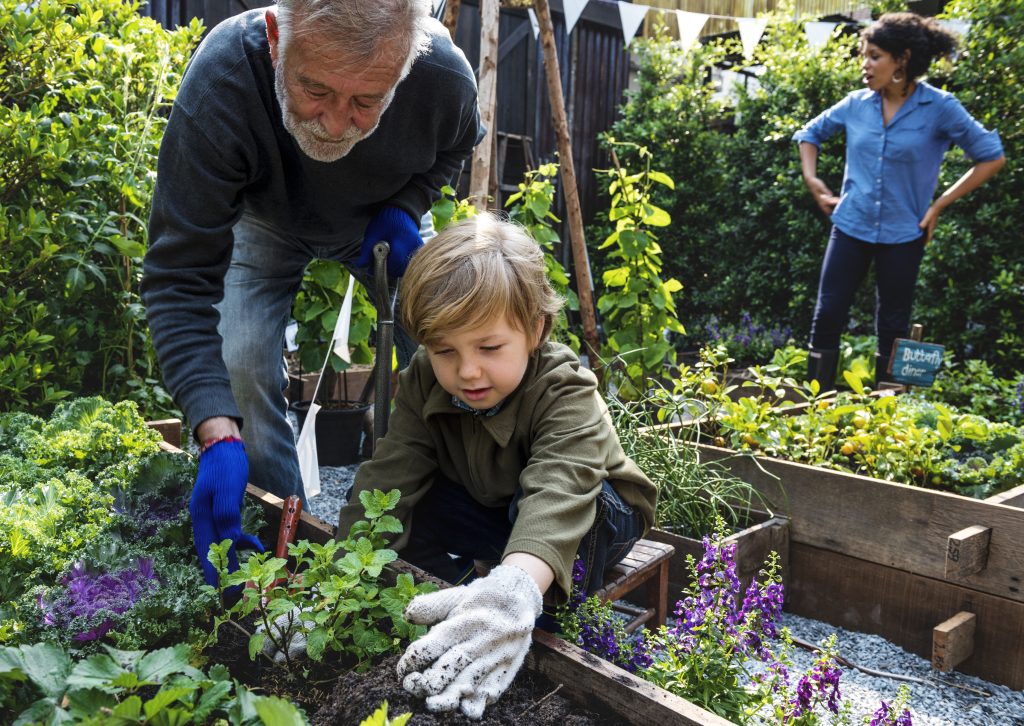By Victoria W. Thoresen – UNESCO Chair for Education about Sustainable Lifestyles, Inland University, Norway
– – –
Many schools include environmental education in their curricula, but this is often done by merely sharing factual information about the critical state of parts of the physical environment, leading to feelings of anxiety and vulnerability. Such an approach tends to focus primarily on specific problems and to a much lesser extent on developing the positive attitudes and behaviour needed to solve existing problems. Increased anxiety for the future is often the result. In some cases, students even acquire a paralyzing sense of futility about being able to influence the changes that are taking place.
Holistic, Integrated, Behavior-Based Environmental Education
The first essential aspect of environmental education is that of creating an awareness of the fact that the environment is more than just what we can experience right around us. It is an integrated and interdependent planetary whole, a set of dynamic, constantly evolving processes and systems that include not only the physical world but also how individuals and communities function.
“We cannot segregate the human heart from the environment outside us and say that once one of these is reformed everything will be improved. Man is organic with the world. His inner life molds the environment and is itself also deeply affected by it.” [i]
Thus, learning to protect and manage the environment and their own lives consists of children becoming attentive, kind, caring and respectful of people and nature. They must be helped to recognize that the wealth and wonders of the earth are the common heritage of everyone in the world. They need to realize that ensuring equitable access to natural resources is a collective responsibility and that every action a person takes, be it at home or outside, impacts the environment.

Environmental education goes beyond merely recognizing responsibility. Reflecting upon one’s priorities and capacities should lead to identifying how one carries out one’s responsibilities, be it in relation to one’s family, community, or nature. Once identified, such actions need to be further developed and practiced.
Faith Communities as a Trailblazer of Integrated Behavioral Change
Examples exist around the world of individuals and faith communities that have consciously taken on new ways of behaving in order to better protect and manage their environment. Here are a few.
Buddhist Literature in Taiwan
In Taiwan, over a third of adults identify themselves as Buddhist, more than any other religion, making it a significant cultural force. Buddhist groups have made many efforts to care for the environment. Included in their effort is Buddhist literature for children that reflects environmental concerns. Picture books on this topic take two approaches: In one, bodhisattvas – wise and powerful supernatural beings that can appear in the world to help human beings – serve as models for children in the way that they protect the environment. In other cases, Buddhist organizations do not use figures like bodhisattvas to teach about environmentalism. They may use stories about plants and animals to teach children about biology and how living beings are interconnected.[ii]
Islamic Ethics in Tanzania
The Misali Ethics Project in Tanzania was based on the idea that Islamic ethics can be used to promote conservation. At Misali, the project arose from the cultural and social context of Pemba Island, where community life revolves around Islam. This conservation project has been successfully employed in a marine conservation environment and its uniqueness lies in the fact that it is driven from the bottom up by the community itself. However, this community like many others in different parts of the world, still faces the threat posed by “development” that if not sustainably handled will cause further degradation of ecosystems at a time when this trend needs to be urgently reversed.[iii]
Baha’i Study and Action Frameworks
The Baha’i community has for a number of years developed a framework of action that promotes the spiritual development of the individual and local community and channels the collective energies of its members towards service to humanity. These activities include the systematic study of the Baha’i writings in small groups in order to build capacity for service; devotional gatherings aimed at connecting the hearts of participants of all faiths with the Creator; neighborhood children’s classes that offer lessons aimed at laying the foundations of a noble and upright character; and groups that strive to assist young teens to navigate a crucial stage of their lives and become empowered to direct their energies toward service to others, including the protection and management of the environment.[iv]
Green Cross Japan
The Green Lane Diary was initiated by Green Cross Japan as a school-based educational project, and it has also been replicated in Sri Lanka and Australia. It targets children 6-12 years old to promote sustainable development and to raise awareness that small everyday actions can significantly impact on person’s carbon footprint and over the long-term can have a beneficial impact on the planet. The diary has two parts; first is a guidebook, that contains descriptions and illustrations of various environmental topics and ideas that can be implemented in daily routine and, second, are diary pages for 12 weeks for the students to document their actions.[v]
Conclusion
While these examples are diverse, they each emphasize the conviction that the universe is God’s creation, to be appreciated and respected. They illustrate how all religions have the potential of encouraging their adherents to actively take part in dealing with existing threats to the environment both on an individual and collective level, establishing cooperation which will lead to more peaceful, just co-existence between humanity and nature.
– – –
Victoria W. Thoresen is an educator, researcher and world citizen. She holds the position of UNESCO Chair for Education about Sustainable Lifestyles at Inland University in Norway. Thoresen has, for many years, been involved in initiatives taken by the United Nations and its agencies to further greater equity and sustainable development around the world. In addition to being a teacher trainer, Thoresen has written and edited professional literature and has been a key-note speaker at international conferences on issues such as education, conscientious consumption, behaviour change, and social responsibility. An avid reader, Thoresen admires fiction that unveils the hopes and longings of the human soul. She finds inspiration in Nature, in art and in the vision of the future described in the writings of the Bahá’í Faith.
– – –
[i] Bahá’í Writings
[ii] https://theconversation.com/how-taiwan-uses-buddhist-literature-for-environmental-education-129970
[iii] The Islamic Foundation for Ecology and Environmental Sciences, Fazlun Khalid & Ali Kh. Thani, 2007
[iv] https://news.bahai.org/story/735/
[v] https://www.gcint.org/value-change/environmental-diary/


